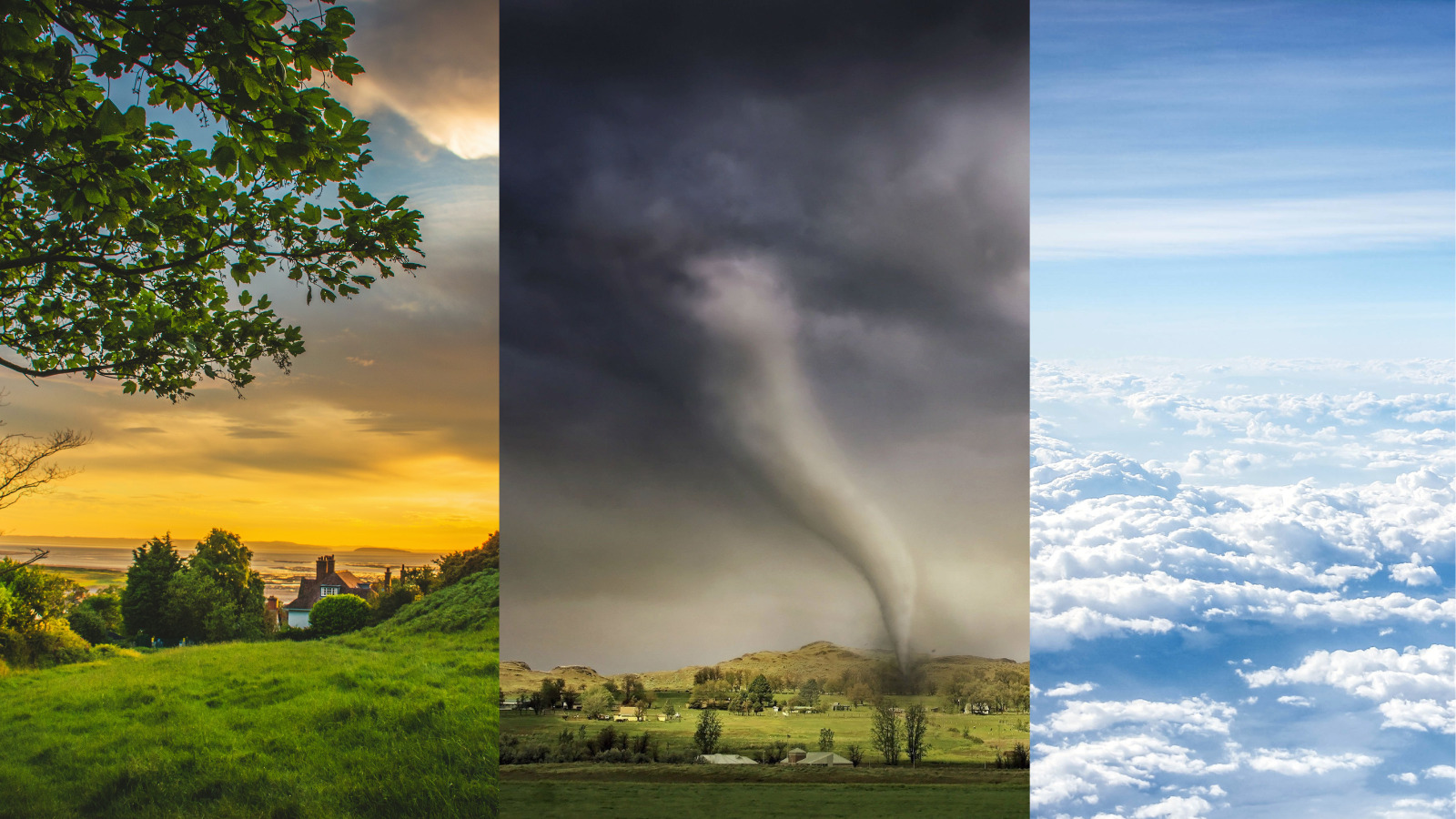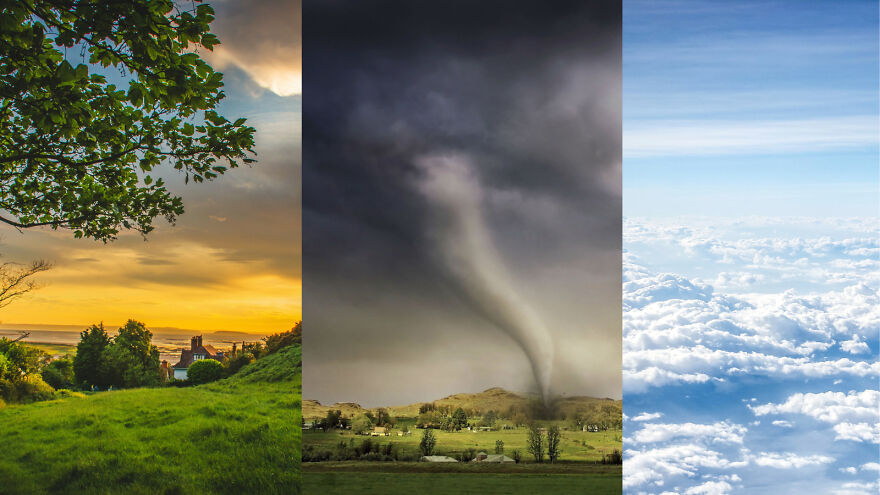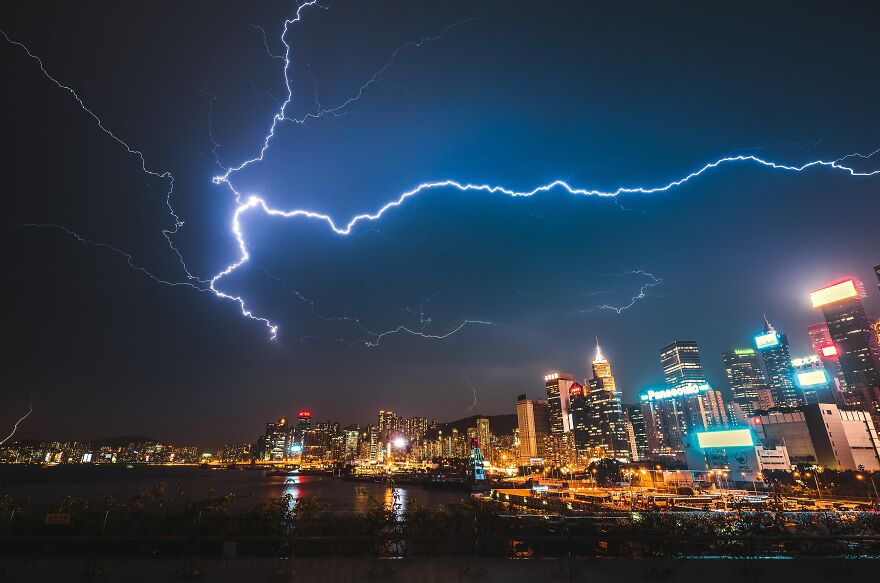Weather is an awe-inspiring and ever-changing aspect of our natural world that impacts every living creature on Earth. From the gentle caress of a warm breeze on a summer’s day to the tumultuous fury of a hurricane, weather governs our daily lives, influences agriculture, shapes landscapes, and provides endless fascination for meteorologists and nature enthusiasts alike. In this comprehensive article, we embark on a journey to explore the fascinating world of weather, unraveling its various elements, phenomena, and the remarkable forces that create the atmospheric symphony we experience.
Weather is a captivating and ever-changing aspect of our natural world that influences every corner of the globe. From gentle breezes to raging storms, weather governs our daily lives, impacts agriculture, shapes landscapes, and is a constant source of fascination for meteorologists and nature enthusiasts alike. In this article, we delve into the fascinating world of weather, exploring its various elements, phenomena, and the remarkable forces that create the atmospheric symphony we experience.
1. The Dance of the Elements: Understanding Weather Patterns
At the core of weather lies a delicate dance of various elements. Temperature, humidity, air pressure, and wind interact in intricate ways to create weather patterns that shape our day-to-day experiences. The earth’s surface absorbs sunlight at different rates, causing variations in temperature across regions. Warm air rises in response to its lower density, creating areas of low pressure, while cool air descends, leading to areas of high pressure. The movement of air between these pressure systems generates winds, which can be gentle zephyrs or powerful gales, depending on the pressure gradient.
Meteorologists study weather patterns to understand the mechanisms that govern weather phenomena. Patterns like the jet stream, a high-altitude, fast-flowing air current, play a significant role in steering weather systems across continents. The intricacies of weather patterns are not only crucial for understanding daily weather changes but also for predicting severe weather events like hurricanes, tornadoes, and blizzards.
2. Mother Nature’s Canvas: Cloud Formations and Their Meanings
Clouds are nature’s artwork, displaying an array of shapes, sizes, and textures against the sky. They not only add beauty to the landscape but also provide essential clues about upcoming weather conditions. Clouds form when warm, moist air rises and cools, causing water vapor to condense into tiny water droplets or ice crystals. Meteorologists classify clouds into different types based on their appearance and altitude.
Cumulus clouds, with their fluffy and well-defined edges, are often associated with fair weather. In contrast, cumulonimbus clouds, towering and dark with an anvil shape, indicate thunderstorms and potentially severe weather. Cirrus clouds, wispy and high-altitude formations, often precede changes in weather, signaling the approach of a weather front.
Understanding cloud formations allows meteorologists to predict weather changes more accurately. The study of cloud seeding, a technique to modify precipitation by introducing seeding agents into clouds, explores the possibility of enhancing rainfall in drought-affected regions.
3. The Art of Forecasting: How Meteorologists Predict Weather
The ability to predict weather changes accurately is vital for various industries and the general public. Meteorologists employ an array of tools and techniques, from weather satellites and radar systems to computer models and historical data analysis. By gathering data from various sources, meteorologists can create computer models that simulate atmospheric conditions, helping them forecast weather patterns days or even weeks in advance.
Weather satellites play a pivotal role in monitoring weather patterns globally. They provide real-time data on cloud cover, sea surface temperatures, and other atmospheric parameters, aiding meteorologists in tracking weather systems and potential storm developments. Doppler radars, on the other hand, help identify precipitation intensity, wind direction, and the presence of severe weather phenomena like tornadoes.
Advanced technologies, such as Artificial Intelligence (AI) and Machine Learning, are revolutionizing weather forecasting by improving the accuracy of models and predictions. As our understanding of weather patterns continues to evolve, so does our capacity to make more precise forecasts, enabling us to prepare for and mitigate the impacts of extreme weather events.
4. Stormy Skies: Unraveling the Science of Thunderstorms
Thunderstorms are awe-inspiring displays of nature’s power, characterized by intense electrical activity, heavy rainfall, and strong winds. These storms form when warm, moist air rises and interacts with cooler air, creating unstable conditions in the atmosphere. The vertical movement of air within the storm cloud results in the development of towering cumulonimbus clouds, which can reach heights of up to 12 miles.
Within these towering clouds, electrical charges separate, creating a buildup of positive and negative charges. When the electrical potential difference becomes too great, a discharge occurs in the form of lightning, illuminating the sky with brilliant flashes. The accompanying thunder results from the rapid expansion of air heated by the intense heat of the lightning bolt.
Thunderstorms come in various forms, including single-cell storms, multi-cell clusters, and supercells, which are the most severe and long-lived type. Supercells have a rotating updraft, giving rise to the potential for tornado formation. Understanding thunderstorm development and behavior is essential for issuing timely severe weather warnings to protect communities from lightning, hail, strong winds, and flash flooding.
5. The Enigma of Tornadoes: Nature’s Most Fearsome Twisters
Tornadoes are nature’s most fearsome twisters, with wind speeds reaching incredible velocities. These destructive vortexes form within severe thunderstorms when rotating updrafts create a spinning column of air that descends to the ground. Tornadoes can leave behind a path of devastation, ranging from minor damage to catastrophic destruction.
Tornadoes are classified using the Enhanced Fujita Scale (EF-Scale), which categorizes them based on their estimated wind speeds and the extent of damage they cause. EF0 tornadoes are the weakest, with wind speeds of 65-85 mph, while EF5 tornadoes are the most violent, with wind speeds over 200 mph. Tornadoes can strike with little warning, making early detection and warnings critical for public safety.
Meteorologists use radar systems, weather satellites, and storm spotters to track and monitor tornado development. Doppler radars provide valuable data on wind velocities within a storm, which can help detect tornado signatures. Storm spotters, trained individuals who actively observe weather conditions, play a crucial role in tornado detection, as they can provide real-time information on tornado formation and movement.
Tornado alley, a region in the central United States, is particularly prone to tornadoes due to favorable atmospheric conditions. The study of tornado climatology and tornado preparedness is essential for minimizing the impact of these devastating storms and enhancing community resilience.
6. Climate Change: The Impacts on Global Weather Patterns
Climate change has emerged as one of the most pressing challenges of our time, with far-reaching consequences for weather patterns across the globe. Rising greenhouse gas emissions, primarily from human activities such as burning fossil fuels and deforestation, lead to a warming planet. This warming alters the Earth’s climate system, disrupting weather patterns and leading to more frequent and intense extreme weather events.
The impacts of climate change on weather patterns are evident in the increasing frequency and severity of heatwaves, droughts, wildfires, heavy rainfall events, and hurricanes. Rising sea levels contribute to coastal flooding and the erosion of shorelines, affecting coastal communities and ecosystems.
Melting glaciers and ice sheets contribute to rising sea levels, posing long-term threats to low-lying coastal regions. The Arctic region experiences accelerated warming, leading to the loss of sea ice and the disruption of weather patterns across the Northern Hemisphere.
The study of climate science and the role of human activities in driving climate change is essential for developing strategies to mitigate its effects. Efforts to reduce greenhouse gas emissions, transition to renewable energy sources, and enhance climate resilience are crucial steps in mitigating the impacts of climate change on weather patterns and the planet as a whole.

 Dark Mode
Dark Mode 

 No fees, cancel anytime
No fees, cancel anytime 


























































3
0